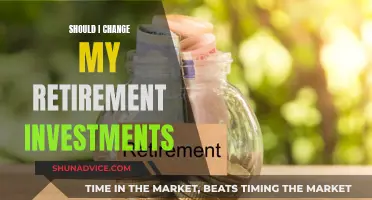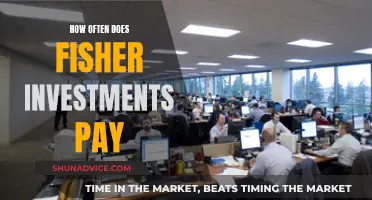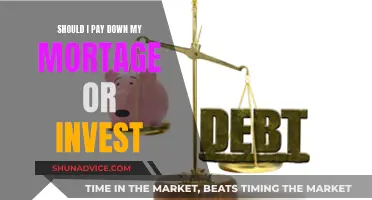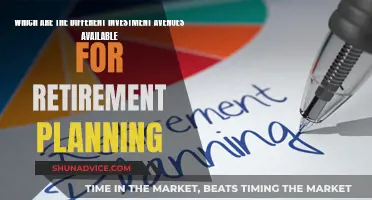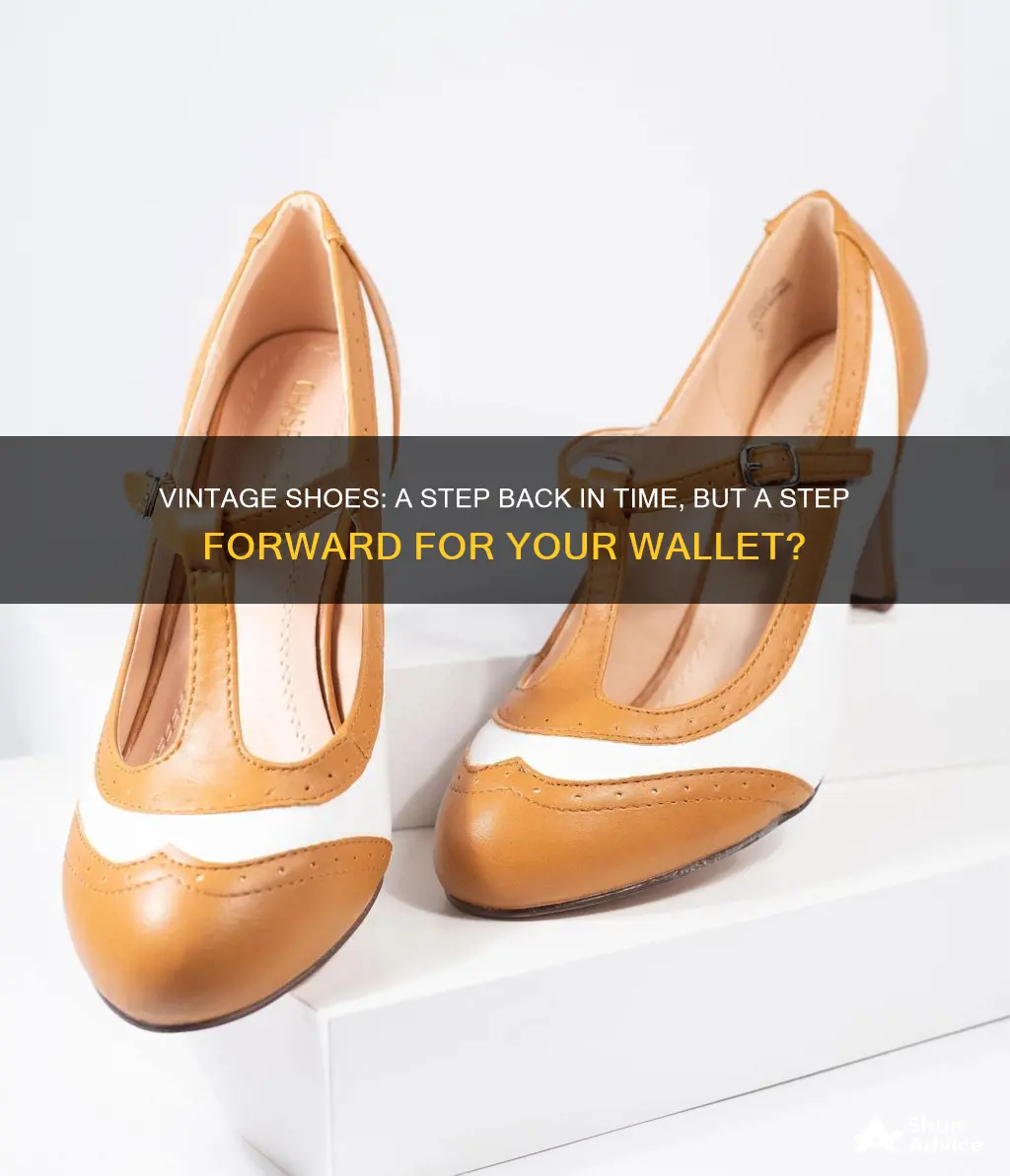
Vintage shoes are a tricky investment. On the one hand, they can be a great way to connect with a bygone era, showcase your love of fashion history, or simply stand out from the crowd. On the other hand, vintage shoes are often delicate and require careful inspection and maintenance. So, is buying vintage shoes a bad investment?
When it comes to investing in vintage shoes, there are a few key considerations. Firstly, the make and model matter. Certain brands, such as Nike and Adidas, have a strong following and can be highly sought-after by collectors. The era and style of the shoe can also impact its value, with some buyers seeking out specific trends from past decades. For example, the stiletto heels and pointed toes of the 1950s or the platform shoes of the 1970s.
The material of the shoe is another crucial factor. Exotic leathers like alligator or snake skin are typically the most valuable, followed by regular leather. However, other materials like velvet or satin can also hold value. The condition of the shoe is also important, with unworn or gently used pairs often commanding higher prices. It's worth examining the soles, insoles, and overall quality of construction before making a purchase.
Additionally, it's important to be aware of potential repairs and restoration costs. Vintage shoes may require resoling, heel repairs, or even professional leather restoration to maintain their structural integrity and appearance. These costs can add up, so it's essential to factor them into your investment decision.
In conclusion, while buying vintage shoes can be a fun and unique addition to your wardrobe, it may not always be a wise investment purely from a financial perspective. The value of vintage shoes depends on a variety of factors, and there is always a risk of damage or depreciation over time. However, for true enthusiasts, the joy of owning a piece of fashion history may outweigh the potential financial risks involved.
| Characteristics | Values |
|---|---|
| Brand | Certain brands are more sought-after by collectors and buyers. |
| Era | The era a pair of shoes was made in will influence its worth. |
| Material | Exotic leathers such as alligator or snake skin will be worth the most, followed by regular leather. |
| Condition | The closer to new the shoes are, the more monetary value they will have. |
| Rarity | If a shoe is rarer and sought after, some allowances may be made for compromises in its condition. |
| Authenticity | Authenticating sneakers has become a big business. |
What You'll Learn

The pros and cons of buying vintage shoes from eBay
EBay is a popular platform for buying vintage shoes, with around 4 million men's shoes listed at any one time. Here are some pros and cons to consider before purchasing vintage shoes on eBay:
Pros:
- Wide selection: eBay offers a vast array of vintage shoes, including styles from different eras and various brands. This makes it easier to find rare or unique shoes that may not be available elsewhere.
- Potential for good deals: With a large number of listings, there is a chance to find vintage shoes at affordable prices, especially if you are patient and diligent in your search.
- Authenticity: eBay has started authenticating select brands of new and pre-owned sneakers, providing buyers with more confidence in the legitimacy of their purchases.
- Specialised searches: eBay's search tools have improved, making it easier to find specific types of vintage shoes, such as those made from genuine leather or with certain types of heels.
Cons:
- Condition issues: Vintage shoes may have signs of wear and tear, including damaged soles, heels, or embellishments. While some issues can be repaired, extensive damage may render the shoes unusable or not worth the cost of repair.
- Sizing challenges: Vintage shoes may not fit properly due to sizing variations over time or differences in sizing standards between brands. Returns or exchanges may not always be possible, so proper sizing is crucial.
- Inaccurate listings: Sellers may misspell brands or miscategorise shoes, making it challenging to find exactly what you are looking for.
- Time consumption: Finding the right vintage shoes on eBay can take time and effort, as you need to carefully inspect each listing and consider the condition, rarity, and other factors.
- Shipping costs: Shipping costs for vintage shoes can be significant, ranging from $10 to $20, which can add up, especially for cheaper shoe pairs.
Angel Investors and LLCs: Unraveling the Investment Landscape
You may want to see also

The importance of examining vintage shoes before buying
Vintage shoes can be a great investment, but it's important to examine them carefully before buying to ensure you're getting a good deal. Here are some reasons why inspecting vintage shoes before purchasing is crucial:
Authenticity and Condition
Vintage shoes can vary widely in terms of authenticity and condition. It's important to inspect the shoes for any signs of damage, such as cracks in the leather, worn-out soles, or fraying fabric. By carefully examining the shoes, you can assess their authenticity and condition, ensuring you're getting a genuine product in good shape.
Brand and Quality
Not all vintage shoes are created equal. When examining vintage shoes, it's essential to consider the brand and quality. Look for well-known brands with a reputation for high-quality craftsmanship. Additionally, check for signs of superior quality, such as genuine leather, real wood heels, or extensive sizing information, indicating custom-made shoes.
Rarity and Value
The rarity and value of vintage shoes can vary significantly. When inspecting vintage shoes, consider the era, brand, and style to determine their rarity and potential value. Some shoes may be more sought-after by collectors due to their association with a particular fashion era or designer. By researching and understanding the market, you can make more informed decisions about the potential value of the shoes.
Resale and Investment Potential
Examining vintage shoes before buying is crucial if you're considering reselling them or investing in vintage footwear. Understanding the condition, quality, and rarity of the shoes can help you assess their resale value and investment potential. Additionally, by inspecting the shoes carefully, you can identify any necessary repairs or restorations, which can impact their overall value.
Personal Use and Comfort
If you're purchasing vintage shoes for personal use, examining them beforehand is essential for comfort and durability. Check the insoles for excessive wear or indentations, as you don't want shoes that have moulded to someone else's feet. Additionally, consider the quality and condition of the soles, as uneven wear can affect your gait and comfort.
In conclusion, examining vintage shoes before buying is vital to ensure the authenticity, condition, quality, and rarity of the shoes. By taking the time to inspect vintage shoes carefully, you can make informed decisions about their value, potential for restoration, and whether they are suitable for your personal use. This due diligence can help you build a valuable collection, make wise investments, or simply enjoy wearing a unique piece of fashion history.
Cash or Invest: The Great Car Buying Dilemma
You may want to see also

The cost of repairing vintage shoes
Sourcing Vintage Shoes
Vintage shoes can be sourced from various places, including online marketplaces such as eBay, local thrift stores, and vintage stores. The price of vintage shoes can range from as little as $10 to over $1000, depending on the brand, rarity, and condition. It is recommended to inspect the shoes thoroughly before purchase, looking for signs of wear and tear, and ensuring that the soles, interior, and hardware are intact.
Typical Repairs and Costs
The most common repairs for vintage shoes include replacing soles and heels, adding taps, installing new insoles or heel liners, cleaning and reconditioning leather, stretching, and waterproofing. The cost of these repairs can vary depending on the cobbler and location, but here is a general price range:
- New soles and heels: $60-$75
- Add Vibram rubber soles: $30-$45
- Heel and toe taps: $10-$25
- New leather insoles: $25-$35
- New leather heel liners: ~$30
- Leather cleaning and reconditioning: ~$20
- Stretch width and/or vamp: $20
- Waterproofing/Scotchgard: $5
Intensive Repairs
Intensive repairs may be required for vintage shoes with significant damage, such as scratches, scuffs, or holes in the leather. These repairs can be more costly, with scratches in patent leather being particularly expensive. Resoling shoes with holes in the soles will also incur additional charges.
Full Service Clean-Up
For a deeper clean, including deodorization and stain removal, prices can range from $50 to $60. Suede shoes can be dry-cleaned for around $45. Waterproofing can be included in this service or added separately for around $10 to $15.
Heel Repairs
Repairing high heels can be costly, ranging from $60 to $120, depending on the extent of the damage. However, replacing a plastic heel cap on the bottom is much cheaper, typically costing only $5-$10.
Shoe Stretching
If your vintage shoes are too tight, you can opt to stretch them yourself using a shoe stretcher or have a cobbler do it for you. Cobblers can stretch shoes for about $15 to $25, while stretching the calf size of boots can cost around $45.
Timing and Convenience
When budgeting for shoe repairs, it is essential to consider the turnaround time, which is typically about a week, excluding weekends and holidays. Additionally, repairs on multiple pairs of shoes may take longer, especially for smaller repair shops. Simple services like polishing and non-indented taps can often be done while you wait.
In conclusion, repairing vintage shoes can be a worthwhile investment, but it is important to weigh the cost of repairs against the value and sentiment of the shoes. By finding a reputable cobbler and maintaining your vintage shoes properly, you can extend their lifespan and continue to enjoy their unique style and charm.
Understanding the Rule of 72: Unlocking the Power of Compounding
You may want to see also

The value of vintage shoes
Vintage shoes are an appealing prospect for collectors and investors. The value of vintage shoes depends on several factors, including the brand, era, material, condition, and rarity.
Brand and Era
The brand and era of the shoe influence its value. Certain brands are more sought-after by collectors due to their intrinsic market value. For example, iconic brands like Nike and Adidas have long been desirable in the vintage sneaker market, with Air Jordans becoming iconic and even achieving their own Wikipedia page. Similarly, certain eras are more desirable than others. For instance, the t-strap pumps and sandals of the 1920s and 1930s, the lace-up open-toed alligator skin heels of the 1940s, and the stiletto heels and pointed toes of the 1950s have their unique appeal.
Material
The material of the shoe also plays a crucial role in determining its worth. Exotic leathers like alligator or snake skin are typically the most valuable, followed by regular leather. However, other materials such as velvet or satin can also hold value. That being said, shoes made from synthetic materials are not entirely undesirable, as style and condition also come into play.
Condition
The condition of the shoe is a critical factor in assessing its value. Shoes in like-new condition will generally have a higher monetary value. It is important to inspect the shoe thoroughly, including the soles, insoles, and any hardware such as zippers or buckles. Even if the damage is minor and easily repairable, it is recommended to consult a professional before making any alterations to vintage items.
Rarity
The rarity of a shoe can also impact its value. If a particular style is rare and sought-after by vintage fashion collectors, some compromises in its condition may be acceptable.
Expert Appraisal
To obtain the most accurate estimate of a vintage shoe's value, it is advisable to consult an expert or seek a professional appraisal. This helps to avoid errors and ensure a more accurate valuation.
Where to Buy and Sell
Vintage shoes can be found at various online marketplaces, thrift stores, and vintage shops. eBay, with its vast selection of shoes, is a popular choice, offering authentication services for select brands. Other specialized platforms like StockX and Sotheby's have also entered the vintage sneaker market, providing authentication and a wide range of collectible sneakers.
In summary, the value of vintage shoes depends on a combination of factors, including brand, era, material, condition, and rarity. To maximize your investment, it is essential to conduct thorough research, carefully inspect the shoes, and consider seeking expert advice or appraisals.
Market Recovery: When Will Investments Rebound?
You may want to see also

The best places to buy vintage shoes
There are a variety of places to buy vintage shoes, both online and in-store. Here are some of the best places to find that perfect retro pair:
- Online Marketplaces: eBay is a popular choice for buying vintage shoes, with a wide selection of about 4 million men's shoes. While its search tools have improved, you may still need to refine your searches to find what you're looking for. Other online marketplaces like Bonanza, Craigslist, and Poshmark also offer vintage shoes, although availability and accessibility vary.
- Specialty Websites: Websites like Classic Shoes for Men and Super 8 Shoes specialize in vintage and premium shoes. These sites offer a great selection of new and used shoes, and browsing their collections can be enjoyable.
- Local Thrift Stores and Vintage Shops: Exploring local thrift stores and vintage shops can be a hit-or-miss option, but occasionally, you may find some hidden gems. It's worth checking out Goodwill or similar stores in your area.
- Brick-and-Mortar Shoe Stores: Some physical shoe stores, like Re-Mix Vintage Shoes, offer a selection of vintage-style footwear. These stores often have online counterparts as well, making it convenient to browse their collections.
- Fashion Retailers: Certain fashion retailers, such as Topvintage, offer vintage-inspired shoes for those who want to add a retro touch to their wardrobe. While these may not be true vintage, they capture the style and aesthetic of past eras.
- Auction Houses and Appraisal Services: If you're looking for rare or high-value vintage shoes, consider consulting auction houses or appraisal services. These sources can provide expert opinions on the value of vintage shoes and may offer unique finds.
When buying vintage shoes, it's important to inspect the condition, rarity, and brand to ensure you're getting a good deal. Additionally, don't underestimate the power of a good search tool and some patience when hunting for that perfect pair!
Flipping Houses: Invest in Renovations
You may want to see also
Frequently asked questions
It depends on the shoes. If you're buying vintage shoes as a collector's item, then it's important to do your research. Certain brands are more sought-after than others, and the era and material of the shoe will also influence its worth. If you're buying vintage shoes to wear, then it's important to carefully examine the soles, insoles, and overall quality of the shoe.
When buying vintage shoes, it's important to carefully inspect the shoes for any potential problems, such as aging rubber, glue, and leather, as well as any damage to the fabric or material. It's also a good idea to look for shoes made with high-quality materials, such as genuine or full-grain patent leather, real wood or leather heels, and extensive sizing information, which indicates custom quality.
Buying vintage shoes can be a great way to add unique and stylish pieces to your wardrobe. Vintage shoes can also be more affordable than buying new designer shoes, and they often have a level of craftsmanship and quality that is hard to find in modern shoes. Additionally, buying vintage shoes can be a more sustainable and environmentally-friendly option.
One of the main drawbacks of buying vintage shoes is that they may not be in the best condition and may require repairs or restoration. This can add to the cost of the shoes and may not be worth it if the shoes are not particularly special or valuable. Additionally, it can be difficult to find vintage shoes in your size, and returning or exchanging them may not be an option.


